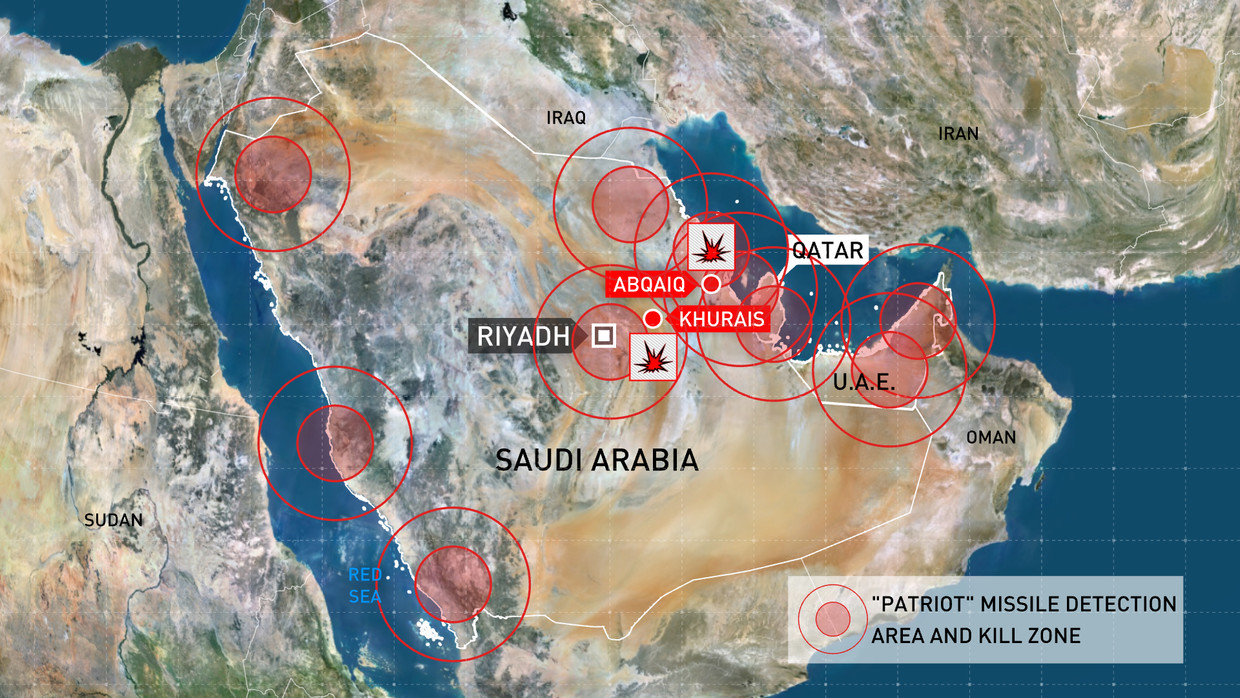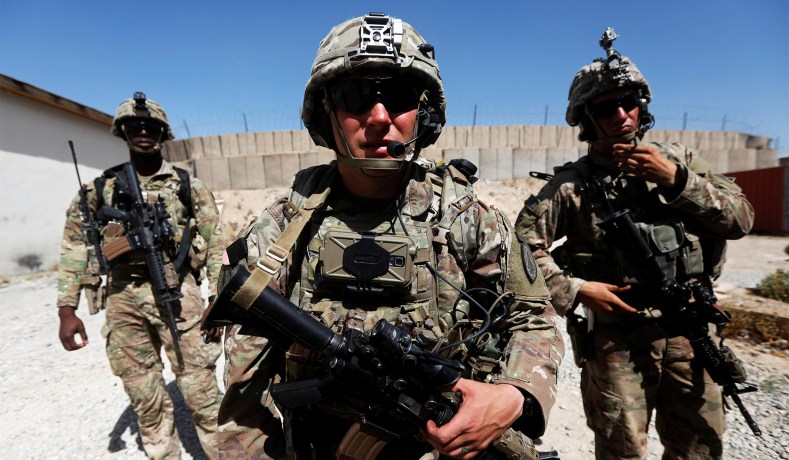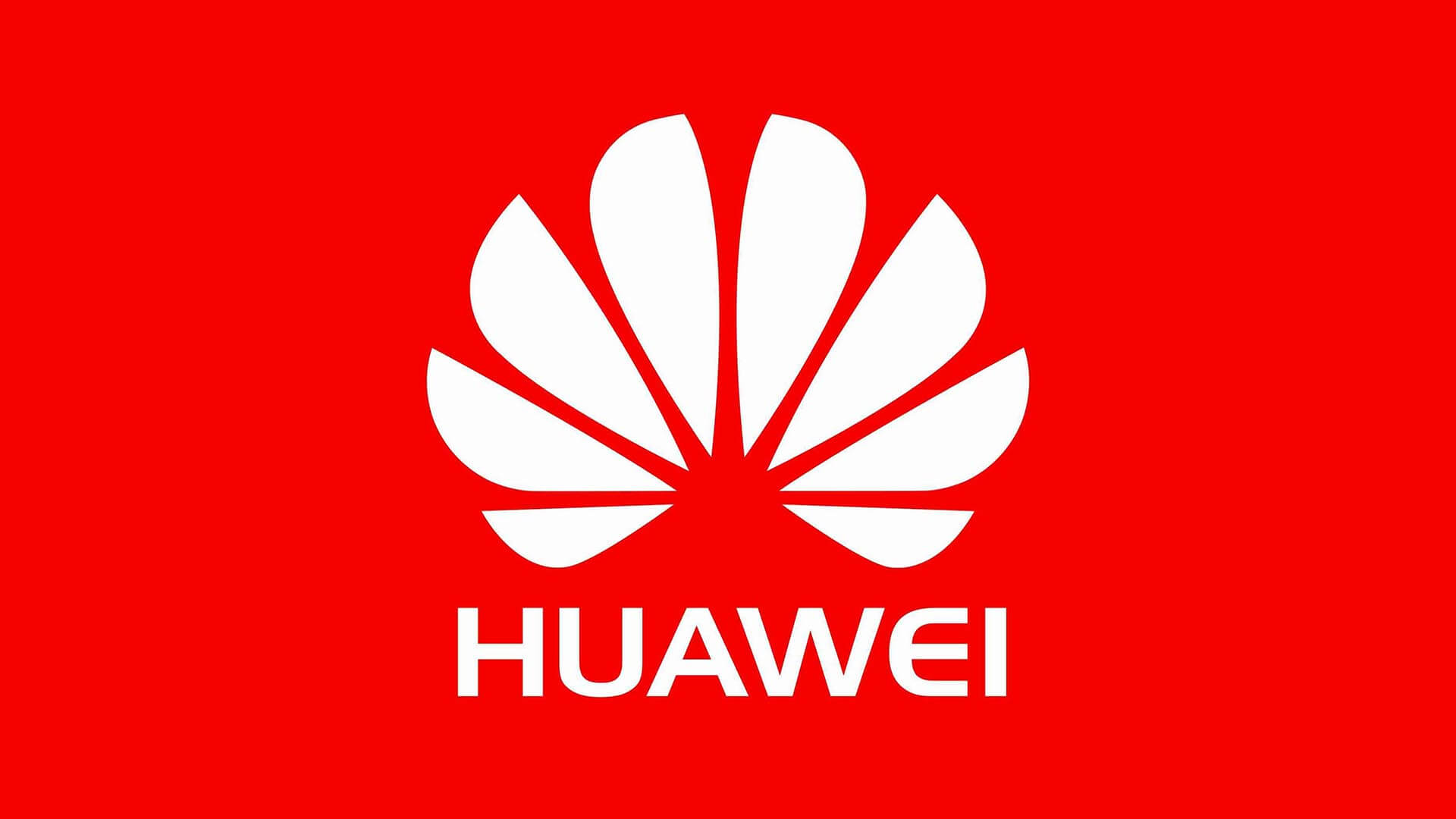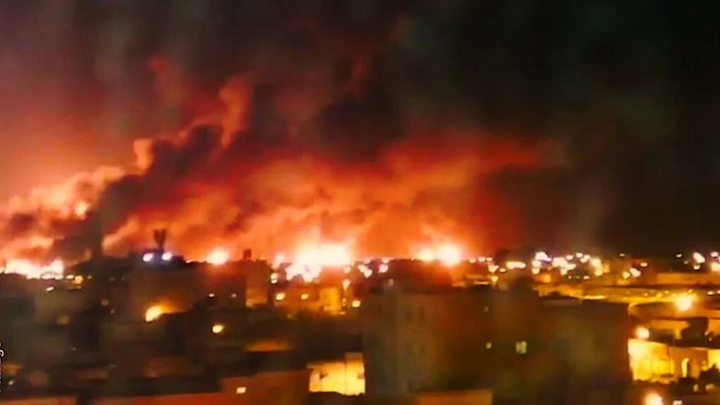BY IAIN KINGUK
As the U.S. considers a troop drawdown in Afghanistan, many in NATO are looking for other ways to stabilize the country – whether or not there is some sort of peace deal. Could extra international assistance be the answer? Eighteen years since Operational Enduring Freedom first ousted the Taliban, there is now valuable research which brings into focus exactly how spending funds can quell – or, in some cases, exacerbate – an insurgency. The summary is: it depends…
First of all, it’s clear that flooding a relatively poor society with cash will rarely buy long-term loyalty or stability; it’s more likely to do the opposite. This is because impoverished local economies can’t absorb the money, leading to malign inflationary effects and myopic investment decisions. Important functions, in schools and clinics, become depleted as talent seeks out a share of the windfall. Leaders with visas will squirrel their new wealth abroad. Throwing money at an insurgency may create a sugar high, but it will send vital public services into a long-term coma.












/arc-anglerfish-arc2-prod-mco.s3.amazonaws.com/public/I6TCX6MYE5D4VKVQLTUYM7I7DE.jpg)






/arc-anglerfish-arc2-prod-mco.s3.amazonaws.com/public/QSHGY57NNRG23DVJ7G7TQE6JIY.jpg)